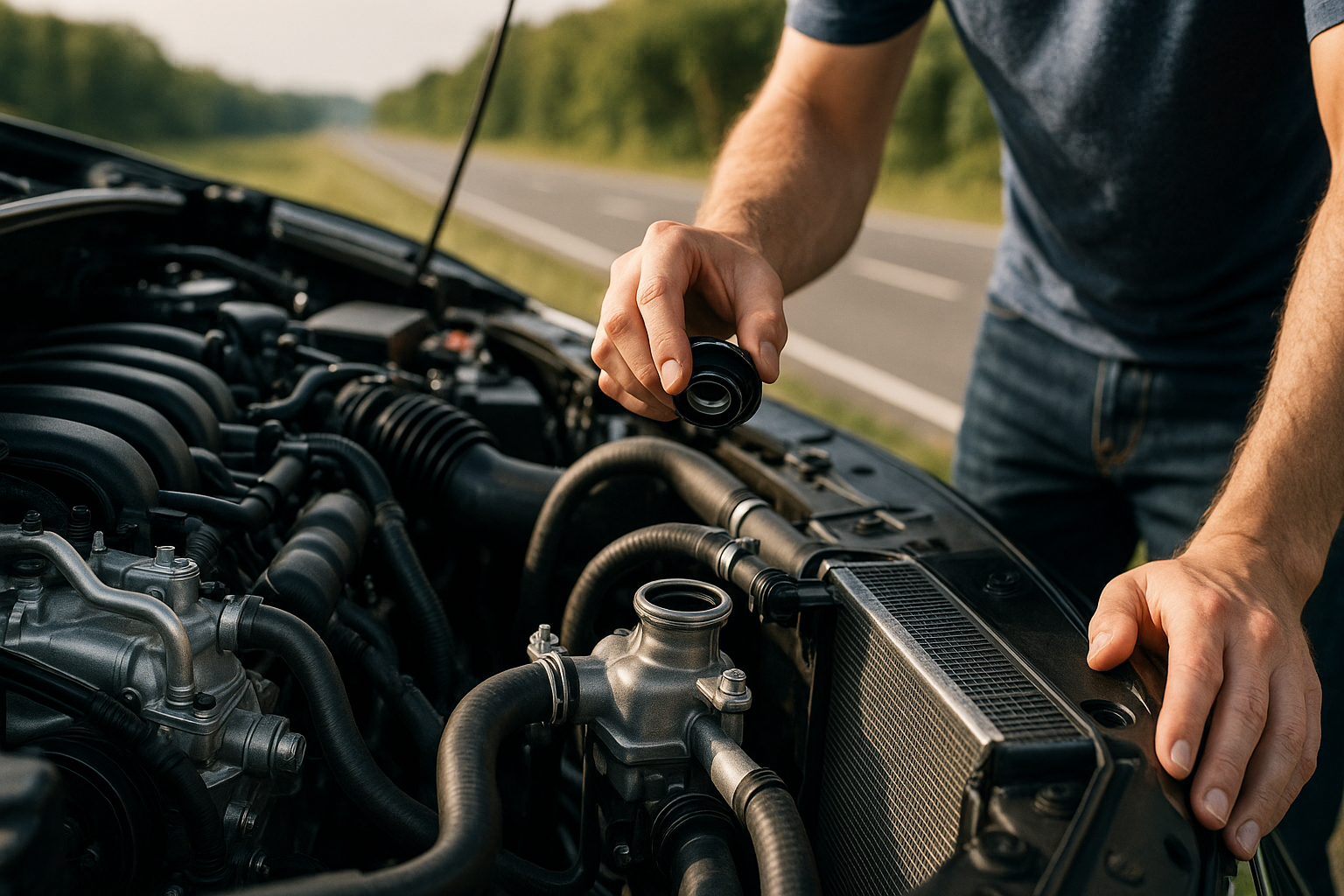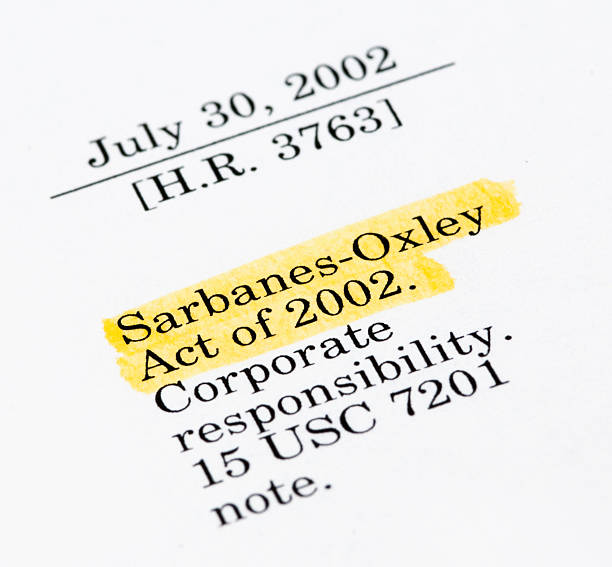Seasonal Vehicle Maintenance Checklist to Reduce Roadside Failures
Seasonal changes can increase the chance of roadside failures if vehicles are not prepared. This checklist highlights practical maintenance steps and emergency readiness measures to help drivers reduce breakdown risk, improve safety, and make it easier to get help from towing or local services when needed.

Vehicles respond to seasonal shifts in predictable ways, and preparing proactively can lower the odds of roadside failures. This article outlines a clear, season-focused maintenance checklist that covers battery checks, tire care, fluids, diagnostics, and emergency items. Following these steps reduces the likelihood of needing towing or repair and improves safety for you and other road users.
Battery checks and jumpstart readiness
Cold weather stresses battery capacity while heat accelerates wear; both seasons increase the chance of roadside battery failure. Start by testing battery voltage and inspecting terminals for corrosion; clean and tighten connections where needed. Keep jumper cables or an approved portable jumpstart unit in the trunk, and familiarize yourself with safe jumpstart procedures. If the battery is more than three to five years old, consider professional diagnostics to assess capacity and charging system performance to avoid unexpected no-start situations.
Tire care and roadside safety
Tire condition affects handling, braking, fuel efficiency, and the chance of roadside incidents. Inspect tread depth and look for uneven wear, bulges, or embedded objects. Check tire pressure when tires are cold and adjust based on manufacturer recommendations; remember pressure fluctuates with temperature changes. Carry a compact inflator and a tire repair kit for small punctures, and know how to change a tire or use local services if a full-size or temporary spare is not available. Proper tire maintenance reduces the need for emergency roadside assistance.
Fluid checks, fuel management, and diagnostics
Seasonal maintenance includes checking oil, coolant, transmission fluid, brake fluid, and windshield washer fluid. Ensure coolant concentration suits local winter or summer conditions to prevent freezing or overheating. Keep your fuel tank at least a quarter full to reduce condensation and ensure fuel pump cooling, particularly before long trips. Regular engine diagnostics—either via onboard alerts or a mechanic-run scan—can reveal sensor faults that might later cause roadside failures, so address warning lights promptly rather than postponing repair.
Lockout prevention and emergency preparedness
Lockouts and other small emergencies happen more often when people rush in poor weather. Store spare keys in a secure, accessible place or use a roadside service that offers remote lockout support. Keep an emergency kit with reflective triangles, a flashlight, gloves, basic tools, and a blanket. Include contact info for local services and your roadside assistance plan. A prepared kit and a clear plan help preserve safety while you wait for towing or repair crews to arrive.
Towing options and repair planning
Know the towing and repair options available in your area before an incident occurs. Verify what types of towing your roadside coverage includes and whether local services handle light-duty or heavy-duty recovery if needed. Keep a list of local services and independent repair shops that offer seasonal diagnostics, battery replacement, and tire repair. Planning ahead reduces time spent searching for help during an emergency and can guide decisions when comparing repair versus temporary fixes on the roadside.
Routine maintenance schedule and professional diagnostics
A consistent maintenance schedule minimizes seasonal breakdowns. Follow manufacturer-recommended intervals for oil changes, filter replacements, brake inspections, and alignment checks. Schedule seasonal inspections—before winter and summer—focused on battery health, coolant system, tires, and heating or air conditioning performance. Professional diagnostics can identify intermittent faults that elude casual inspection; addressing those issues proactively reduces the chance of needing towing or unplanned repairs at inconvenient times.
Vehicles experience different stresses across seasons, but reliable preparation can make roadside failures far less likely. Regular checks of battery, tires, fluids, and electrical systems combined with an emergency kit and knowledge of local towing and repair options improve safety and reduce downtime. Treat seasonal maintenance as routine care rather than one-off tasks to maintain reliable operation and peace of mind on the road.





